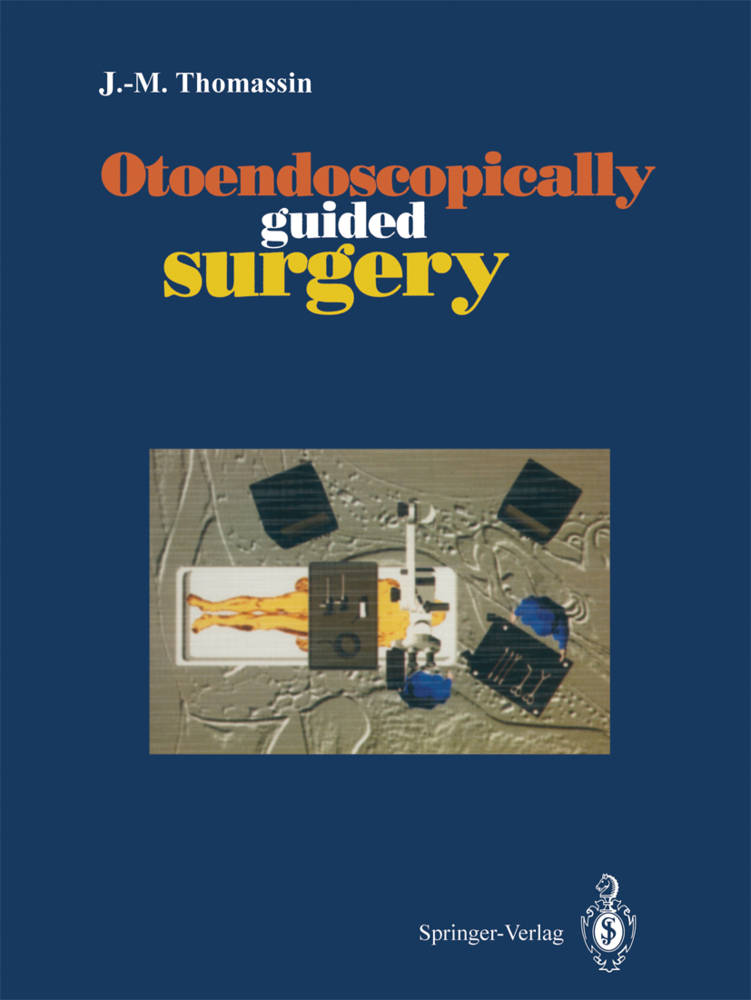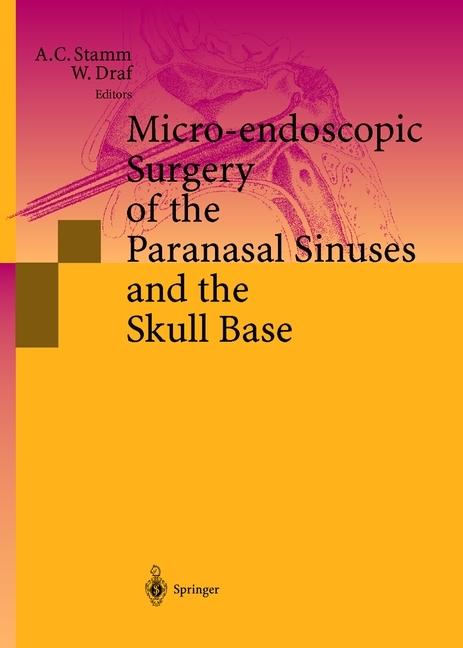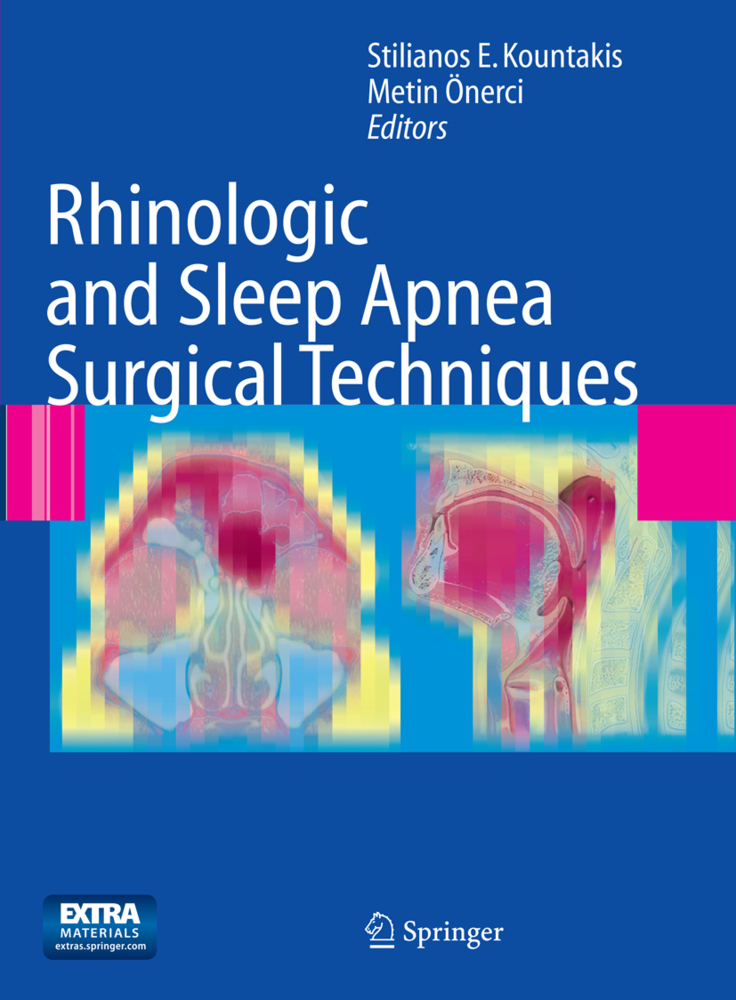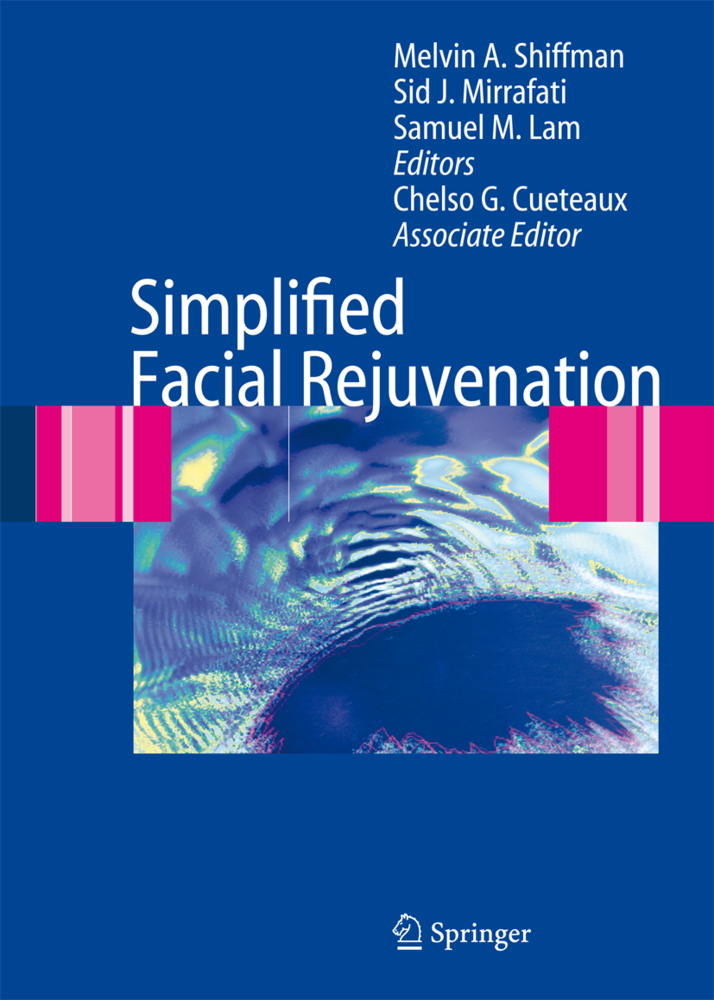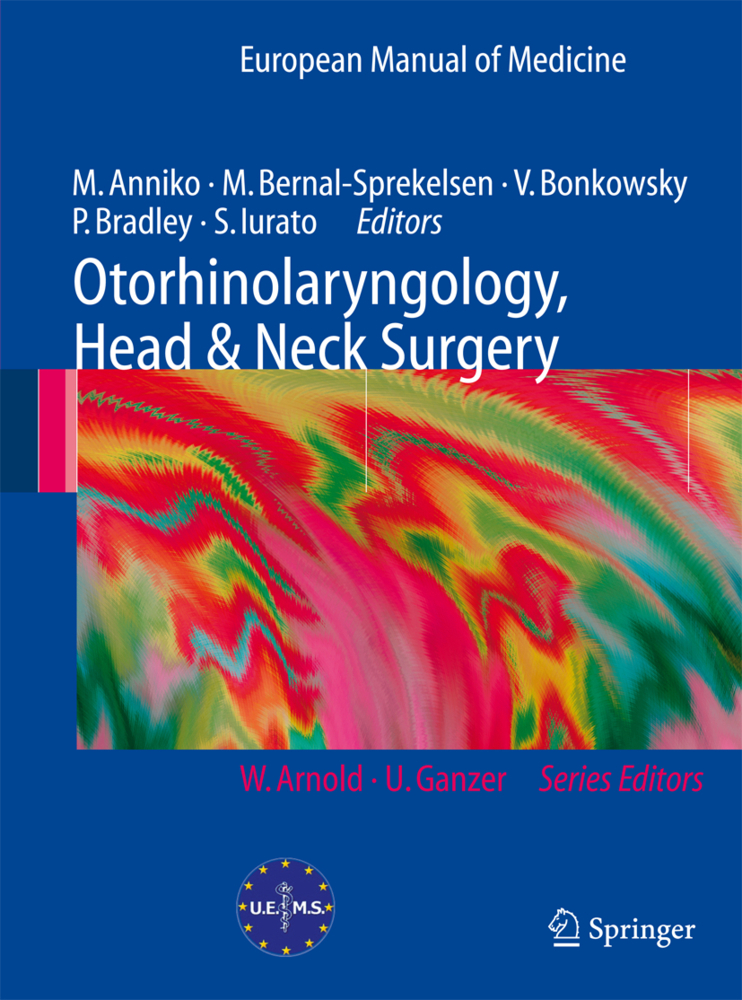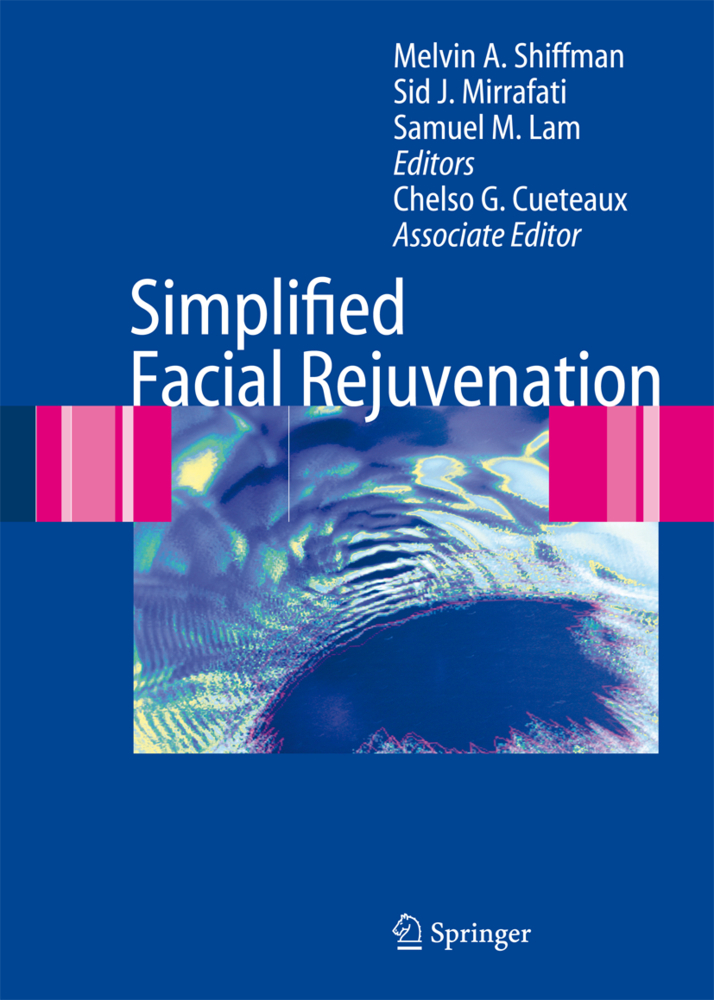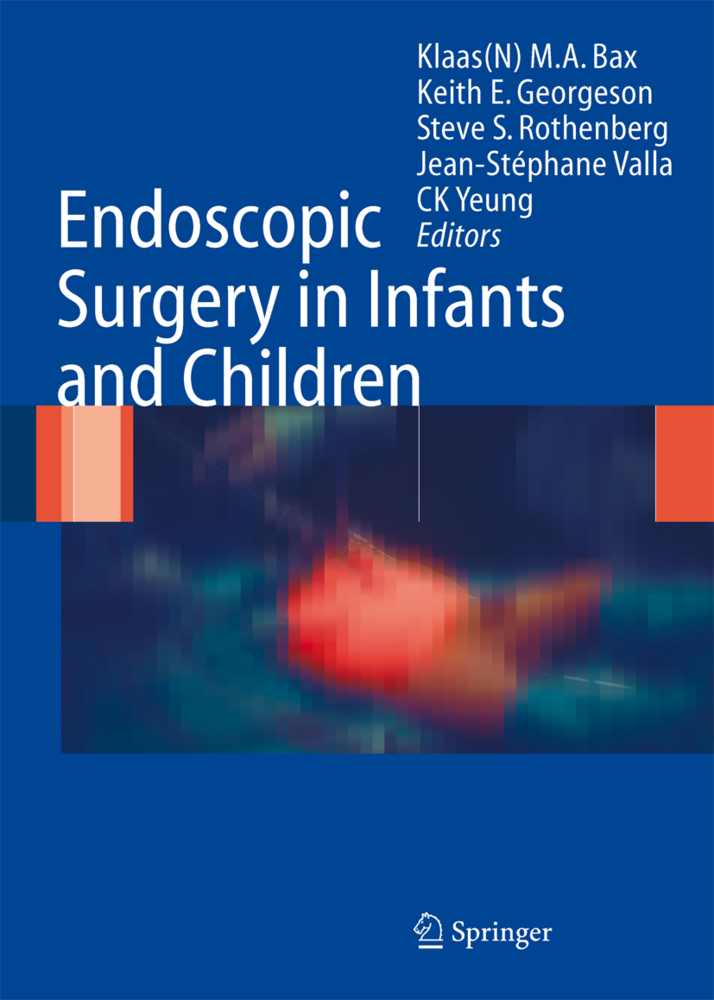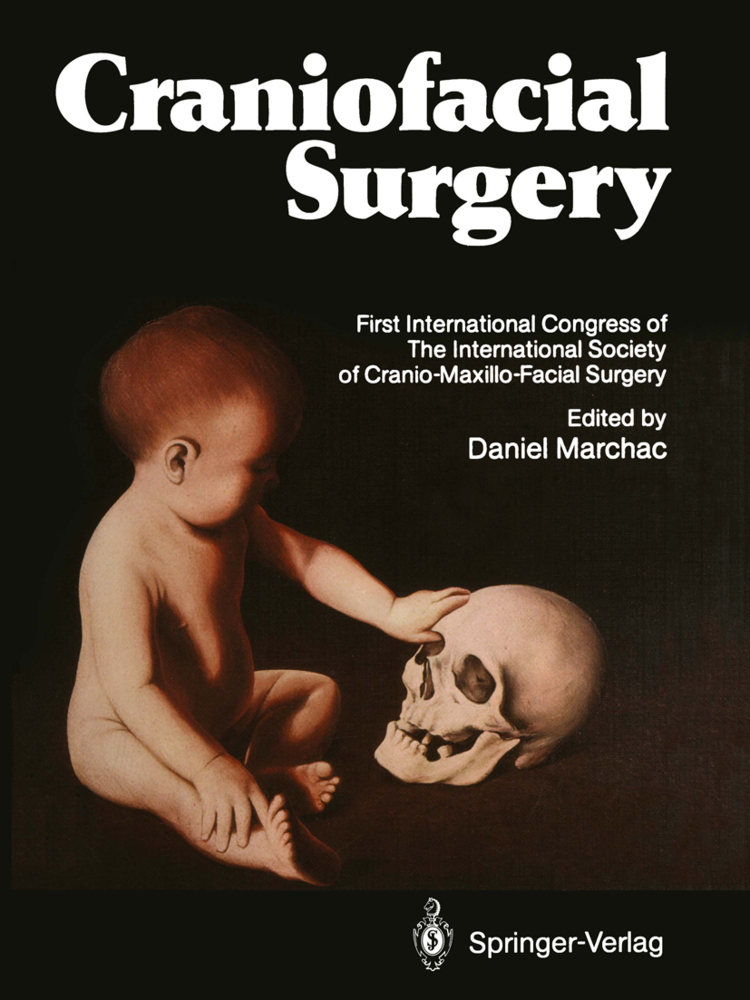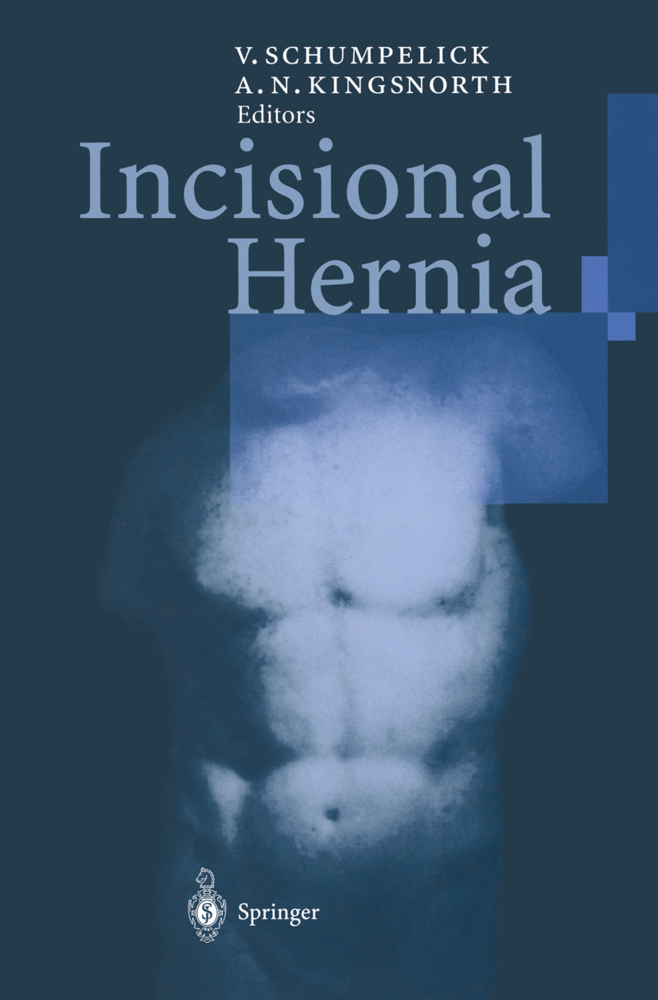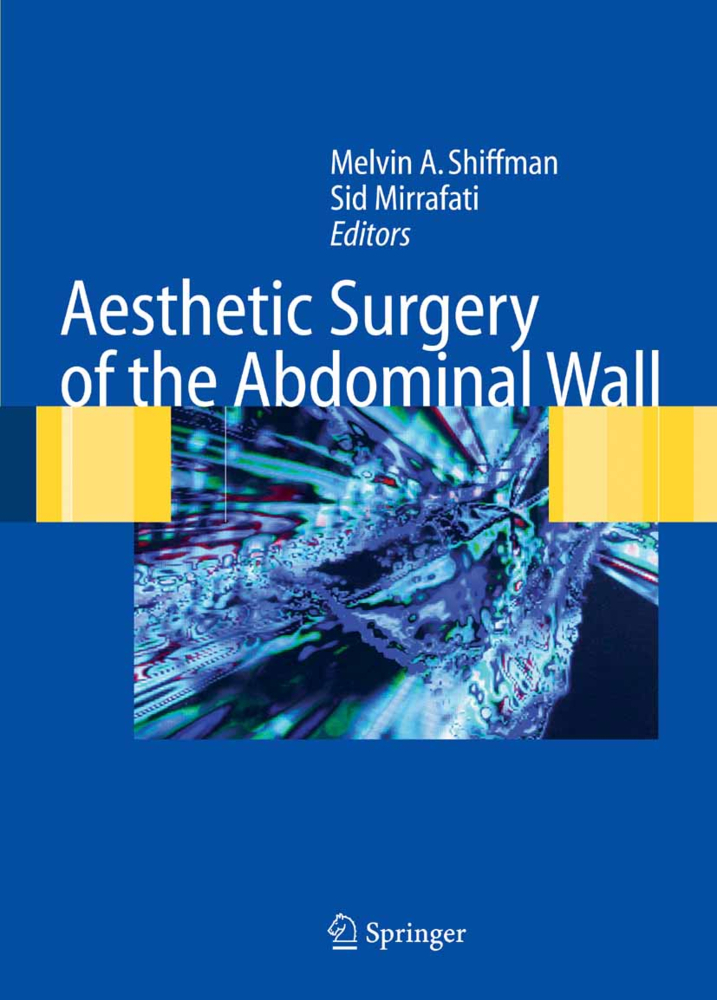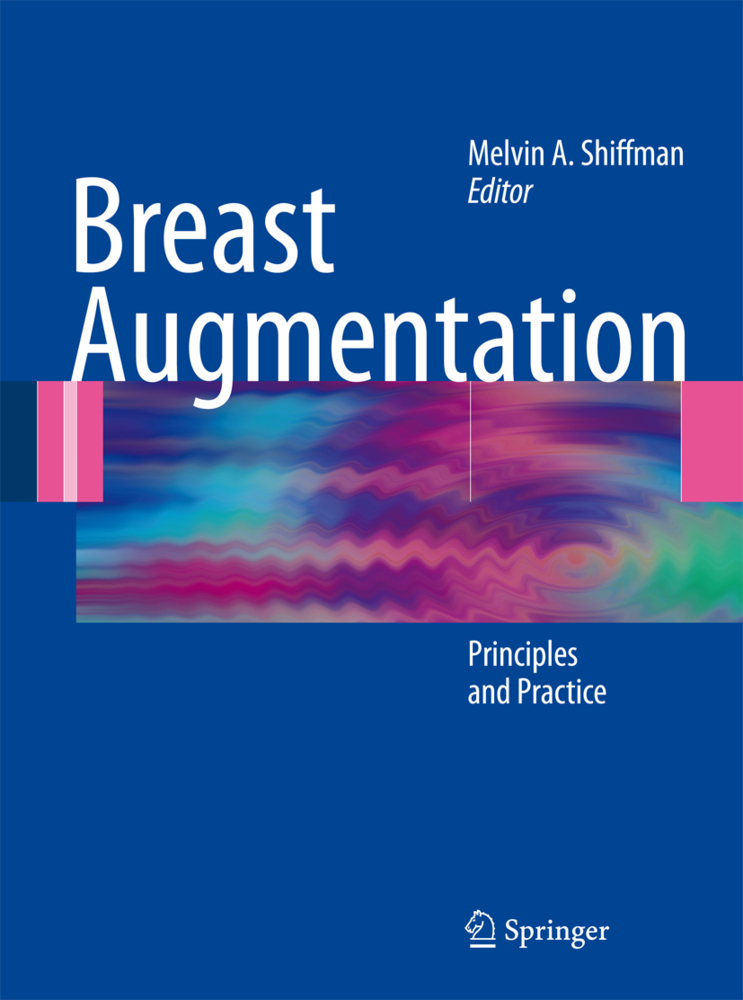Otoendoscopically guided surgery
Otoendoscopically guided surgery
The endoscope with magnifying lens systems and retrotympanic sub-regions. During microsurgical pro angled view has, in all oto-rhino-laryngology, been cedures, the recognition of pathologic changes in developed from a basically diagnostical tool into a sur niches, recesses or occluded tunnels is considerably gical instrument. Earlier, it served to see what exists. facilitated. The disadvantages of the operating micro Nowadays, it is continuously changing what one does. scope -reduced brightness and bad focus with higher Jean-Marc Thomassin's book "Otoendoscopically magnifieations, no angled view- can be compensated guided surgey" appears as the first guide into this new by additional endoscopy with the instrument's tip field of otoendoscopic control of microsurgery of the close to the target and with the view "around the cor ear. The author has achieved to compile and codify ner". what, during recent years, was already looked at by While thus visualizing remote areas or hidden him and by a "happy few" of otological pilots. But, he spots by a rigid magnifying endoscope with an angled has also added new insights into this matter. One may view direction apparently no patho-anatomical secret say that he has provided a solid basis for both the remains undiscovered. What can be inspected can be scholars and the experts who want to enrich their cleaned, there are adequate instruments. This fact arsenal of otosurgical techniques. makes the analysis of surgical failures more plausible.
Retrotympanic region of tympanic cavity
The protympanum
The hypotympanum
The anterior epitympanum
References
Otoscopic findings
Positioning the patient
Otoendoscopy
Otoendoscopic findings
Endoscopic anatomy of pharyngeal orifice of auditory tube
References
Instrumentation
Endoscopes
Cold light source
Cold light cable
Microcamera
Optical system support
Decontamination and sterilisation of equipment
Micro-instruments
Endoscopic guided surgery with video monitoring
Anesthesia
Surgical techniques
References
Indications
Surgery of cholesteatoma
Epidermisation of tympanic cavity
Retraction pockets
Techniques for reconstruction of old radical cavity
Ossiculoplasties
Congenital malformations
Other applications
Results of Otoendoscopically guided surgery in tympanoplasty for cholesteatoma
Case material
Results
CT- endoscopic correlations in the second surgical stage of monitoring closed-technique tympanoplasties
References.
History
Endoscopic anatomy of middle ear cavitiesRetrotympanic region of tympanic cavity
The protympanum
The hypotympanum
The anterior epitympanum
References
Otoscopic findings
Positioning the patient
Otoendoscopy
Otoendoscopic findings
Endoscopic anatomy of pharyngeal orifice of auditory tube
References
Instrumentation
Endoscopes
Cold light source
Cold light cable
Microcamera
Optical system support
Decontamination and sterilisation of equipment
Micro-instruments
Endoscopic guided surgery with video monitoring
Anesthesia
Surgical techniques
References
Indications
Surgery of cholesteatoma
Epidermisation of tympanic cavity
Retraction pockets
Techniques for reconstruction of old radical cavity
Ossiculoplasties
Congenital malformations
Other applications
Results of Otoendoscopically guided surgery in tympanoplasty for cholesteatoma
Case material
Results
CT- endoscopic correlations in the second surgical stage of monitoring closed-technique tympanoplasties
References.
Thomassin, J.-M.
Wigand, M. E.
Pech, A.
| ISBN | 9783642509650 |
|---|---|
| Artikelnummer | 9783642509650 |
| Medientyp | Buch |
| Copyrightjahr | 2012 |
| Verlag | Springer, Berlin |
| Umfang | 87 Seiten |
| Abbildungen | XVI, 87 p. 116 illus., 94 illus. in color. |
| Sprache | Englisch |

